Hyundai Inster real world range test
Hyundai has been expanding its electric range in recent years and the compact Inster is certainly among its most popular models. The tiny hatchback with rugged looks is by far the smallest electric model in the company’s portfolio and offers reliable transportation around the city. But how far can it go?
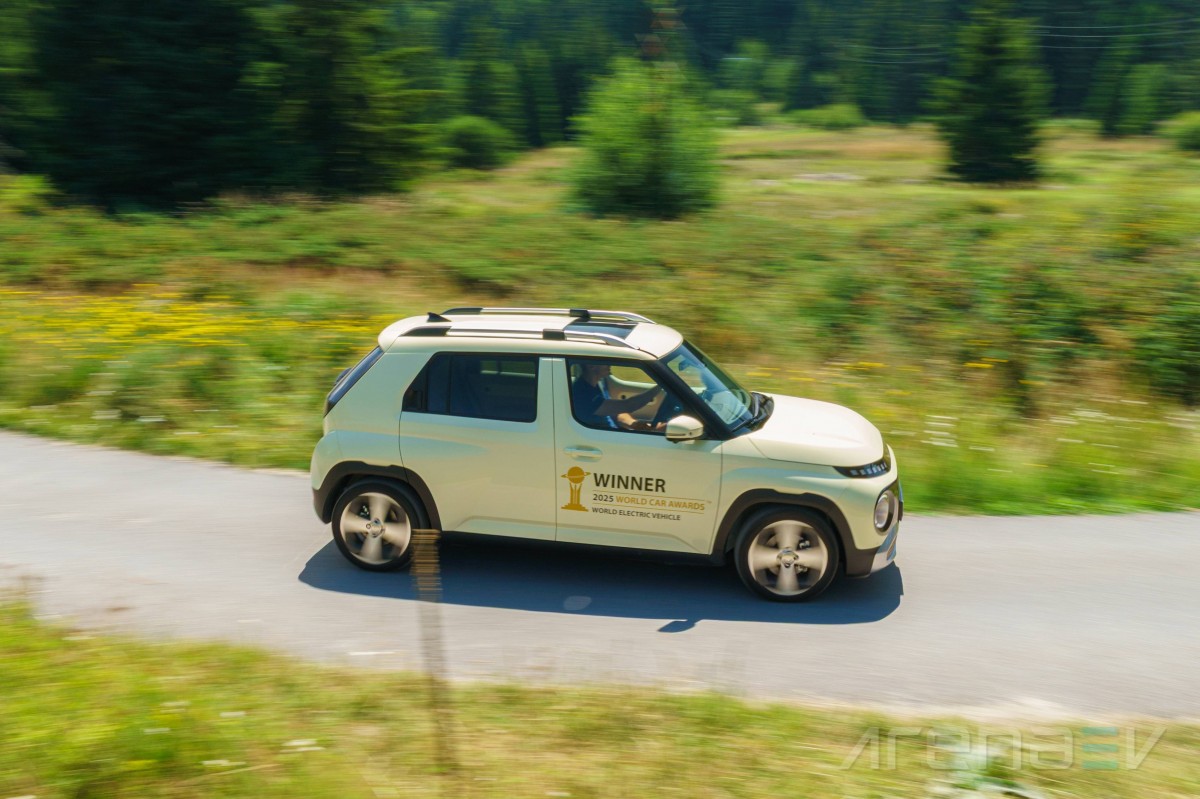
Inster targets the urban areas and aims to ease daily commutes, which on paper sounds like a great offering. It faces tough competition from rivals that also realize the need for small city-oriented vehicles. This used to be the most popular segment in Europe for decades and it seems like it is becoming increasingly popular again.
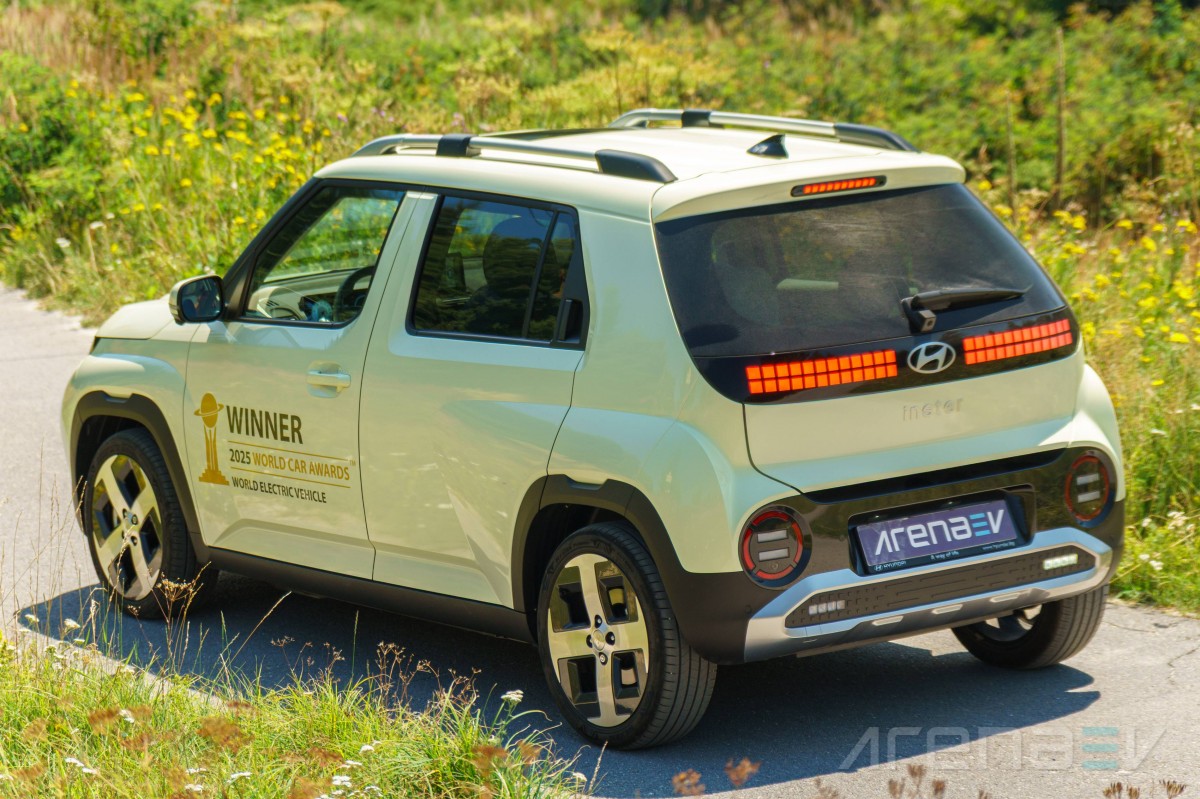
The Hyundai Inster Long Range we are testing today offers 115 hp and 108 lb-ft moving the front wheels, coupled to a 49kWh battery (46 kWh usable), which is the longer-going version you can get. It also comes with a heat pump, which will be beneficial in colder weather.
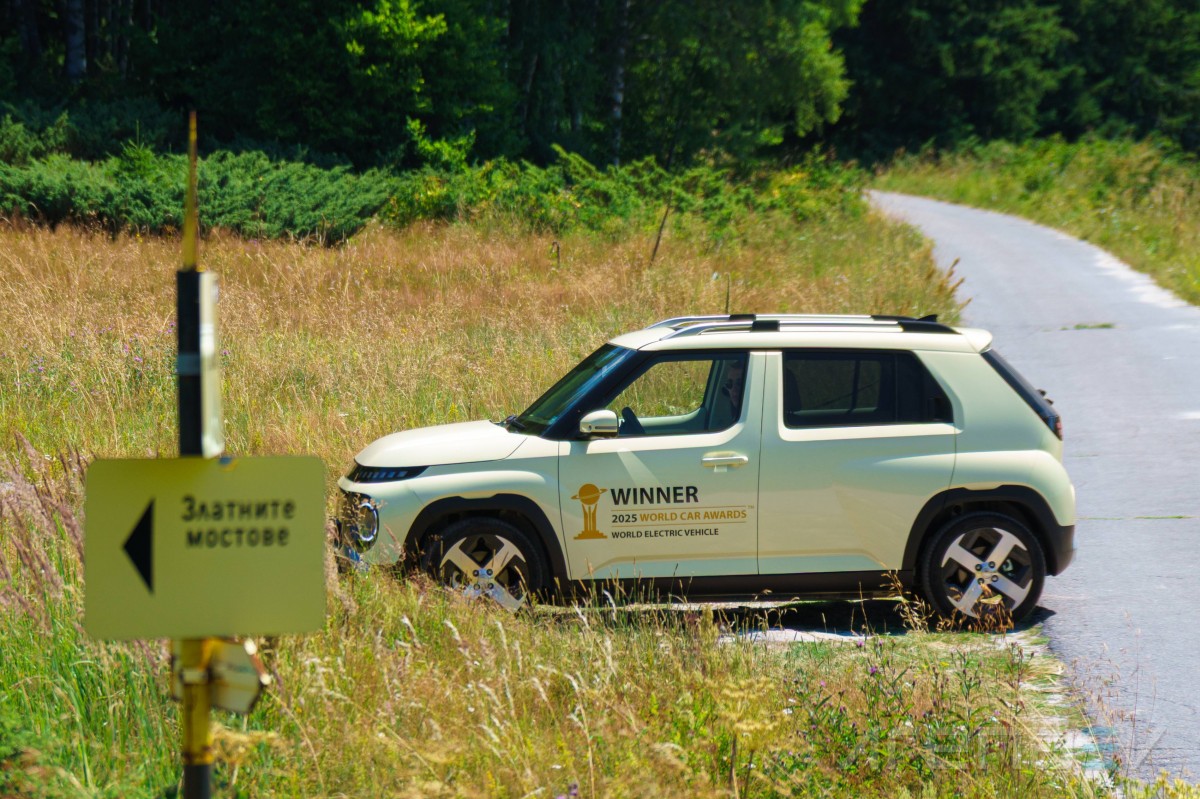
A dedicated review is coming soon, but now we'll on focus on how the Hyundai Inster Long Range performs in our range test. We drove our test routes, doing the same track both ways at constant speeds at the same place as with every other car we test. The ambient temperature while testing the Hyundai Inster was 81°F, which is a bit higher than ideal as the A/C had to put in a bit of extra effort. Still, the results aren't going to be far from the best you can expect.
At our lowest testing speed of 37 mph the Inster proves as an efficient urban traveller. It uses very little energy to move about. This means that the on-board electronics and motor are well designed. The car’s low weight for an EV also helps here, while its sub-par aerodynamics aren't making their presence felt just yet.
Even as you speed up to 56 mph efficiency remains applaudable and the Inster can go up to 229 miles on a single charge, despite its usable battery capacity of just 46 kWh.
At the highest testing speed of 81 mph the Inster starts to pay the price of its tall body and small battery - the efficiency is still good, although not quite the best of the cars we've tested. Combined with the limited battery capacity you are looking at a charging stop roughly every 70 minutes of driving at that speed, assuming you stick to the usual 10-80% battery range.
A point to note is that the motor, while not overly powerful, is well design, so there are no significant increases in consumption even if you press the accelerator hard frequently.

Still, the Inster covers urban mobility needs splendidly, so we can see why its sales are going strong. You won't need to ever recharge it even you spend the entire day doing round around the city with it in sub-optimal weather.
Speaking of, you can use the widget below to find out the Hyundai Inster’s range in every combination of speed and temperature you might need. We've used our real world tests and a model we developed to provide an estimate that should be as close to the actual performance as possible.
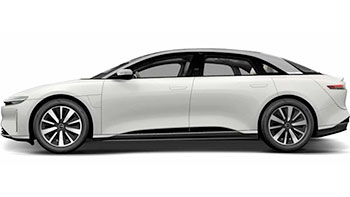
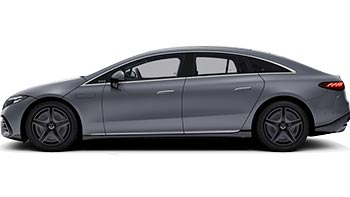
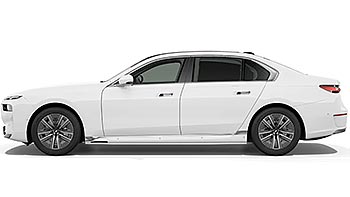
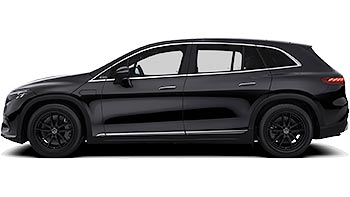
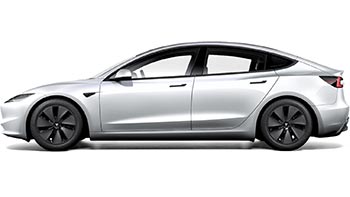

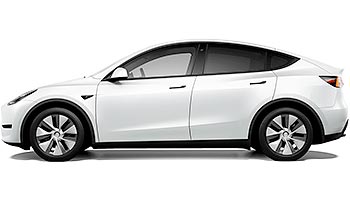
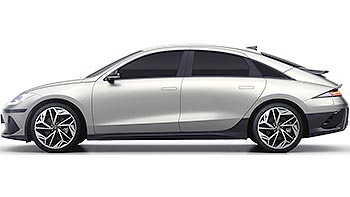
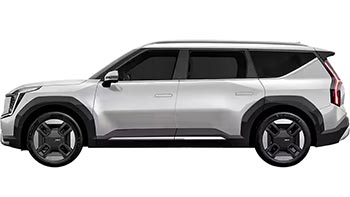
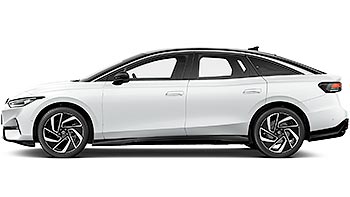
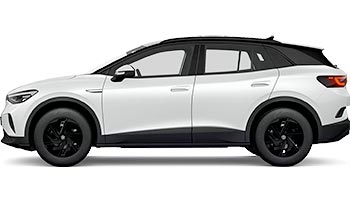
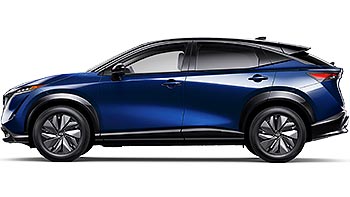
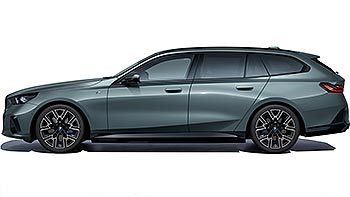
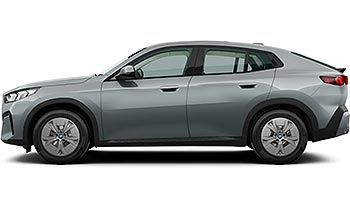
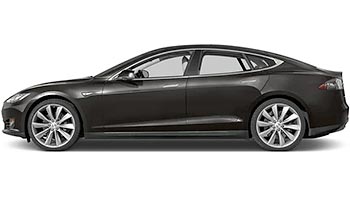

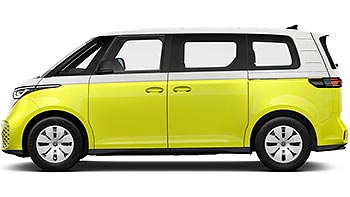
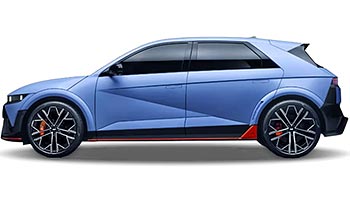
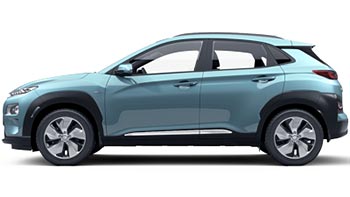
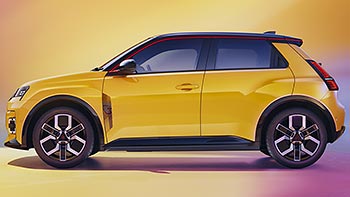
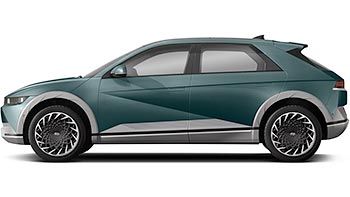
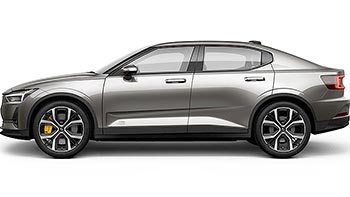
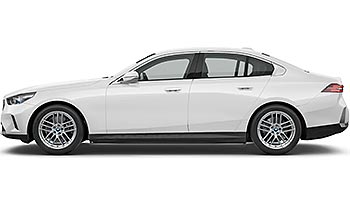
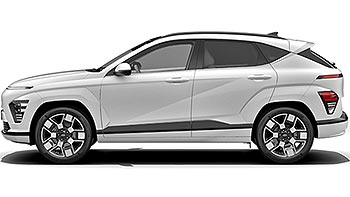
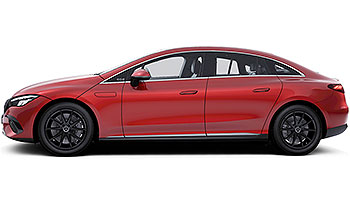
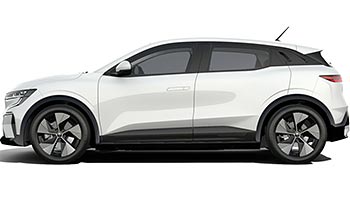
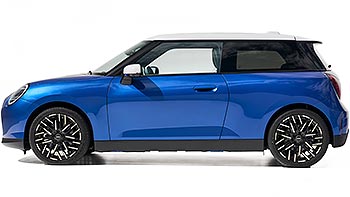
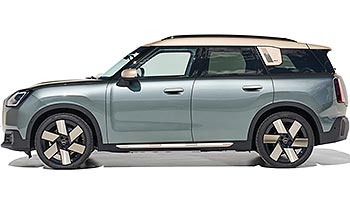
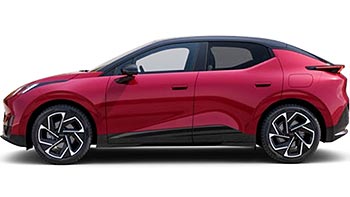
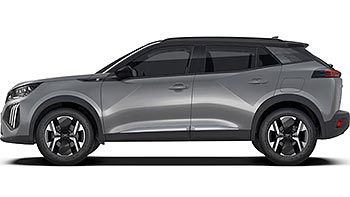
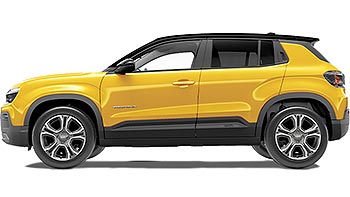
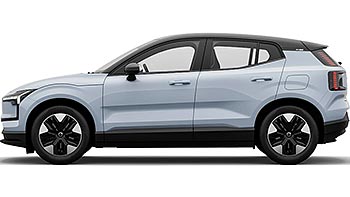

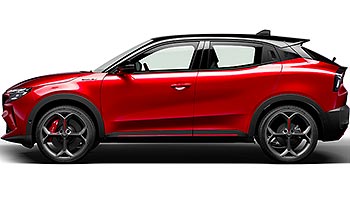
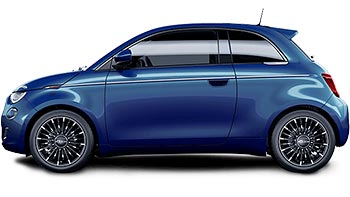
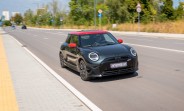
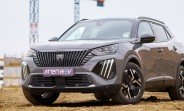
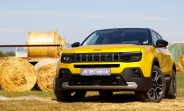


Facebook
Twitter
Instagram
RSS
Settings
Log in I forgot my password Sign up